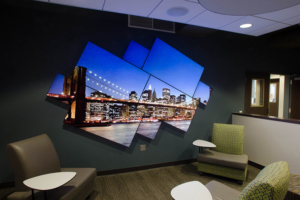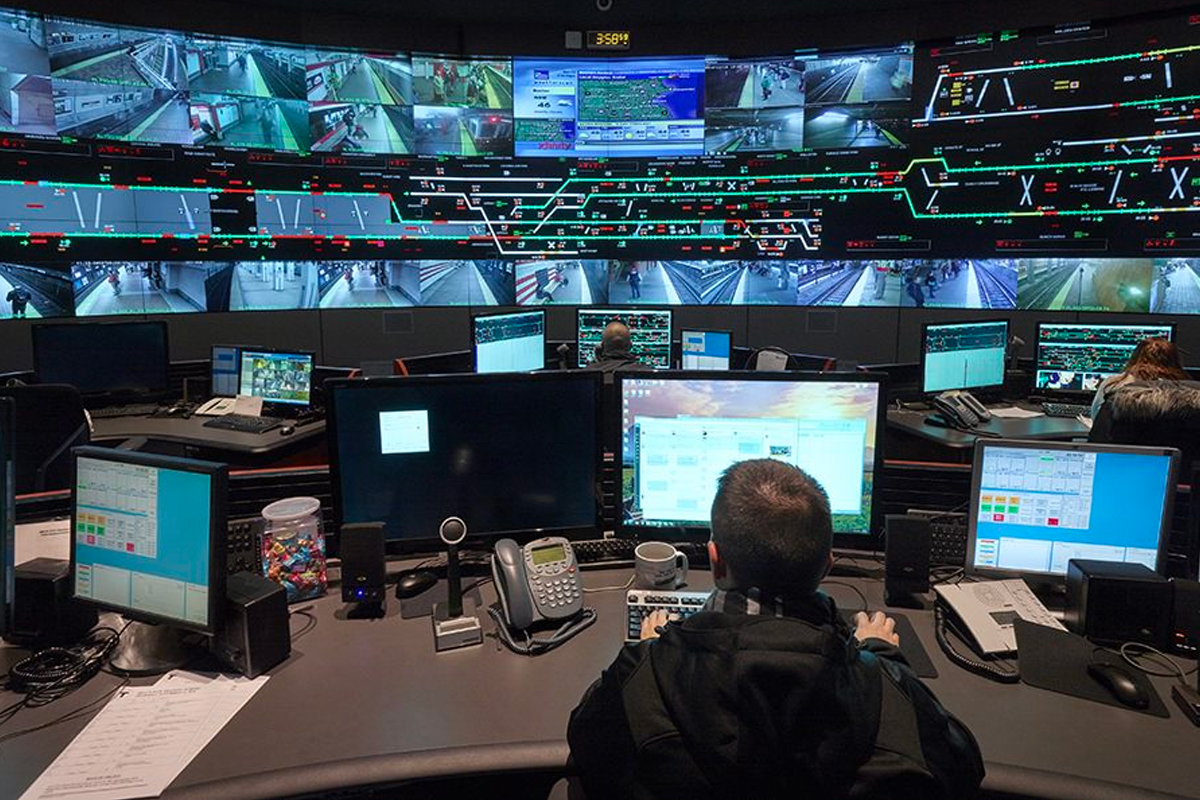
Digital Signage solutions are an increasingly popular tool to communicate to employees and customers, with hardware, software, and techniques evolving rapidly. With all this in mind, here are five of the most common mistakes made when implementing digital signage, and how to avoid them:
 Scope of Work: The difference between expectation and agreement can be a chasm. That’s why it is vital from the very start to get a clear understanding of goals for a digital signage project. What are they looking for? Who are they targeting and what messages and experiences do they want people who come into contact with these signs to have? What are the intended outcomes?
Scope of Work: The difference between expectation and agreement can be a chasm. That’s why it is vital from the very start to get a clear understanding of goals for a digital signage project. What are they looking for? Who are they targeting and what messages and experiences do they want people who come into contact with these signs to have? What are the intended outcomes?
Too often, the discussion does not go deep enough and, more importantly, the goals and desired end result are not adequately documented. Expectations are just that. If they are not written into an agreement, expectations can vary. Avoid this by having the scope of work spelled out in as much detail as possible. Hammering out a detailed agreement is time well spent on the front end of a project.
Design: This is a matter of beginning with the end user in mind. One common pitfall is emphasizing hardware over the software, content, and overall user experience. It doesn’t matter how many signs get installed if they are not reaching the intended audience. Design matters because it needs to take into account not just aesthetics but considerations of form as it relates to function.
One mistake often made in design is to design just to be seen. Digital signage can now be interacted with in very creative ways. Considering the end-user means thinking about how they might interact with content in digital signage environments. This could include touch screens as well as more elaborate interaction through social media as visitors participate in the design scape.
 Strategy: Learn how to avoid the pitfall of not having a clear overall digital signage content strategy. What will define success for this installation? Who will need to be involved in this discussion and planning process?
Strategy: Learn how to avoid the pitfall of not having a clear overall digital signage content strategy. What will define success for this installation? Who will need to be involved in this discussion and planning process?
Strategy is best worked through with the best data you can get your hands on. With existing clients, you can look with them at data from previous campaigns. What messages connected? What calls to action were responded to?
Testing: Hardware and software conformity are important facets of this phase. When was software last updated? New or updated software might provide new features or workflows. The more user-friendly the processes the better, and you won’t know without trying things out and modifying as needed.
 Diagnostics: Diagnostics can help pinpoint problems and fix them before they become a bigger problem. Clients shouldn’t be left in the situation, for instance, where they need to reboot equipment nightly, only to discover that many players need to be rebooted manually. Ensuring settings are in place to uncover issues is a critical step.
Diagnostics: Diagnostics can help pinpoint problems and fix them before they become a bigger problem. Clients shouldn’t be left in the situation, for instance, where they need to reboot equipment nightly, only to discover that many players need to be rebooted manually. Ensuring settings are in place to uncover issues is a critical step.
As more and more companies expand their use of digital signage, you will want to keep these five potential challenges in mind. Staying on top of potential mistakes before they happen will keep you and your client happy—and save you both time and money in the long run.
Talk to Us About Your Project
Too busy to chat right now?
Send us a message.





